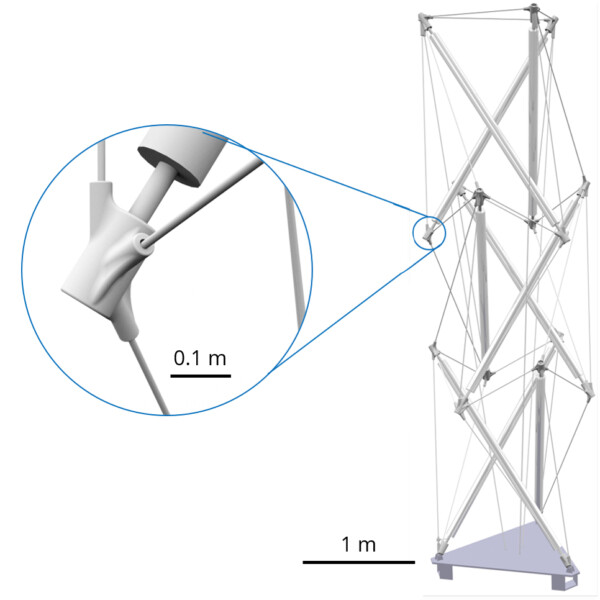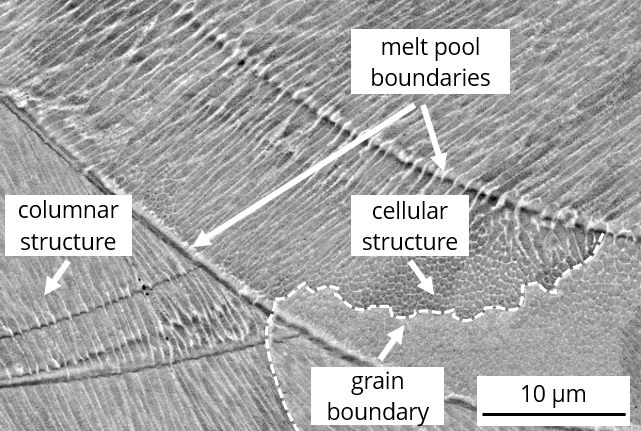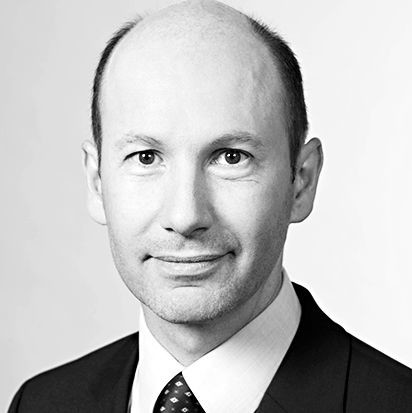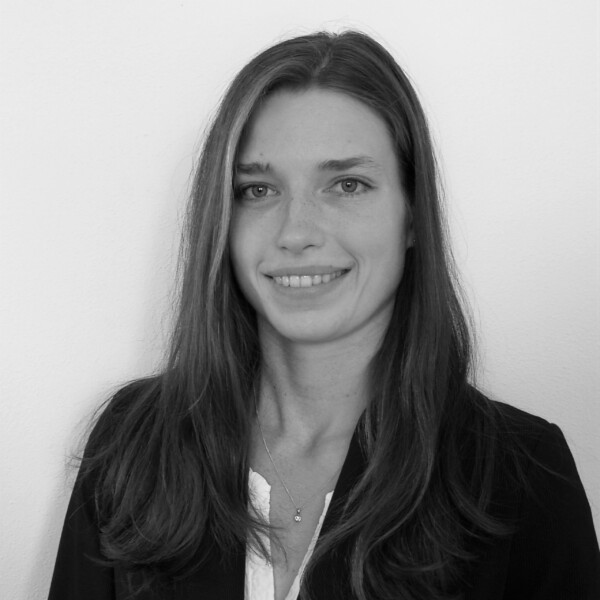Project A 06

Networking with other projects
Laser Powder-Bed Fusion (LPBF) of Steel Elements for Construction – Basics of Design and Mechanical Resilience.
This project aims to explore and evaluate the factors influencing the manufacturing of safe and durable structural steel elements by Powder Bed Fusion of Metals using a Laser Beam (PBF-LB/M). Thereby, the PBF-LB/M process, the post-treatment, and the geometrical aspects in terms of microstructure and mechanical properties will be investigated and correlations determined. In the first funding period, it is focused on analyzing small-scale specimens and complex facade elements with multiaxial stress states. Based on the results, a first methodology for a qualified Additive Manufacturing (AM) design of safe and durable structural steel elements will be derived.
Objective
Until now, a precise prediction of defined mechanical properties of PBF-LB/M-manufactured steel elements is not possible. To establish the application of PBF-LB/M in the construction industry, civil engineering, and architecture, it is necessary to develop a methodology for the reliable production of durable structural steel elements by using PBF-LB/M.
Approach
Initially, the influence of the process parameters on the cooling rates during PBF-LB/M is analyzed using in-process thermography. Besides, the effects of geometric aspects and post-treatments on the mechanical and metallurgical properties of the components will be examined. In the further course of the project, shape-optimized structural steel elements and large-scale components will be designed using the determined interrelations. Subsequently, the elements will be manufactured and tested under real operating conditions. Finally, a methodology for the economic and process-safe use of PBF-LB/M in the construction industry will be derived.
Networking with other projects
- B01: Exchange of experimental data for the validation of a mesoscale process simulation
- A07: Basic investigation of a welded connection of metal parts manufactured with different AM processes
- C01: Exchange of mechanical testing data for a numerical simulation
- C02: Intensive exchange to integrate the design restrictions of PBF-LB/M into the shape optimization process for structural steel elements and their support structure
- C04: Exchange of process characteristics to enhance the building information model
- C07: Intensive exchange about the process chain of PBF-LB/M




















